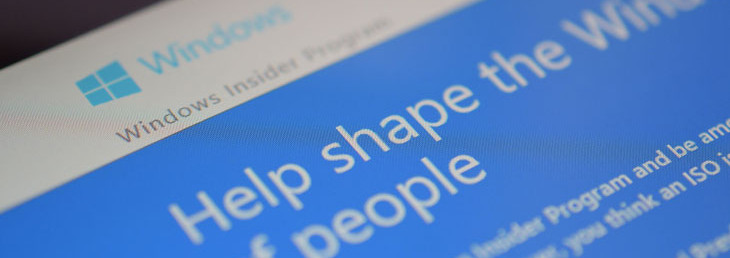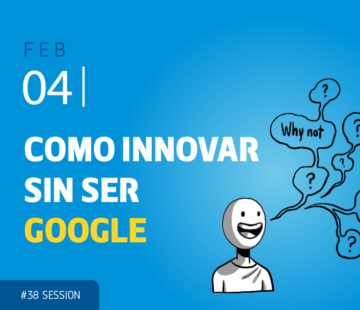Chances are Windows 10 won’t be like Windows 8

It’s been almost a decade since the concept of crowdsourcing first came to people’s attention when Jeff Howe wrote an article about it in Wired magazine in 2006. Since then, many companies have applied the idea to their business needs. Most of times, crowdsourcing has been used exclusively as a new way to enhance marketing efforts in a communication environment when viral and user generated content is proving more effective.
Still, not so many companies are reaching out to the crowd for their innovation needs. At least not in a consistent and integrated manner, despite the increasing number of customers wanting to have more of a say in what their favorite brands deliver. The key principle of crowdsourcing applied to innovation is based on the premise that users can participate in developing what they really want instead of relying on “market experts” to act as their, often very imperfect, agents.
Crowdsourcing uses the input of individuals external to an organization to resolve strategic problems or complete tasks once assigned internally to an explicit corporate individual or department. Crowdsourcing initiatives show different models to achieve this ideal. Different intensities of collaboration from costumers are demanded; diverse degrees of methodology and integration with inner innovation processes are applied.
Nestlé contests
The Swiss multinational food and beverage company has embraced crowdsourcing, although in the more casual way. Nestlé has run a number of contests asking consumers for new product ideas or ways to enhance their current offerings. For instance, last year the company solicited ideas for a new product for its Milkybar range, interested in creating a new Milkybar treat for children around 6 years old. With this aim, Nestlé produced a challenge brief. In this case, the company decided to steer creative minds in the “right direction”, and included in the brief some dos and don’ts. For instance, the new products should not integrate toys, not to have too much fat or be linked to a mascot.
Ideas came in from all over the world, and three were selected based on their originality: jelly pencils, a stick bar and Milkybar marbles. Nestlé awarded contributions with prizes between 500 and 3.000 euros, but has not yet revealed any details of whether the ideas will be incorporated or not into the company list of products.
Unilever Foundry IDEAS
Unilever has been crowdsourcing for many years but with the recent launch of its new Foundry IDEAS platform, the multinational is aiming at a tenfold increase in its use of crowdsourcing as an idea-generation mechanism by 2020. Unilever Foundry is the global platform that enables Unilever to innovate through collaboration. IDEAS is been implemented as an extension of the Unilever Foundry acting as a central hub for all crowdsourcing briefs that will help innovators, creatives and designers co-create with the company.
As part of the Foundry IDEAS launch, Unilever representatives declared they were looking for start-ups with innovative tools that could help them collaborate. At the moment, the company announced three new briefs worth 150.000 dollars in funding for pilot programmes. Among many other projects, Foundry IDEAS show Unilever seeks external contributions from anyone with useful input into such diverse project challenges as storing renewable energy, fighting viruses, reducing the quantity of sodium in food, creating cleaning-products that pollute less, and changing consumer behavior to encourage enhanced sustainability.
Microsoft Windows Insider Program
The new Windows 10 is not just the new version of Windows, but rather a next generation platform. More than that, the new Windows has been designed not just by Microsoft Team, but in collaboration with customers and partners. That could sound like not Microsoft at all. But, according to some analysts, that was Microsoft of old. Microsoft of today want a much more collaborative hands-on involvement from customers. Windows Insider Program (WIP) is the Microsoft’s largest ever open collaborative development effort to change the way Windows is built and delivered to best meet the needs of customers.
In the past, feedback was accepted which consisted of mainly bug fixes. But this did not avoid flaws from the customer point of view as the ones experienced with first release of Windows 8. WIP has been not for everyone but rather for technical people able and willing to report back to Microsoft not only their bugs, but also their experiences, both positive and negative. The program included a Windows Technical Preview Forum to interact with Microsoft engineers and fellow insiders.
